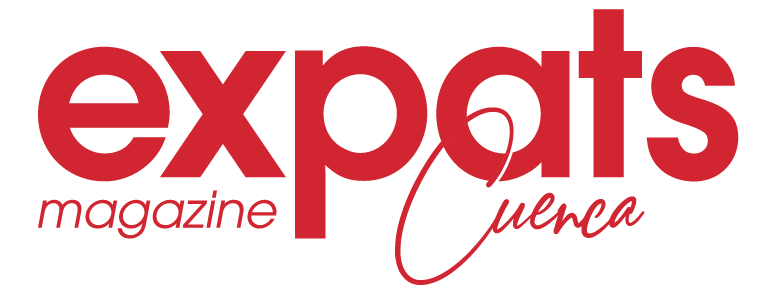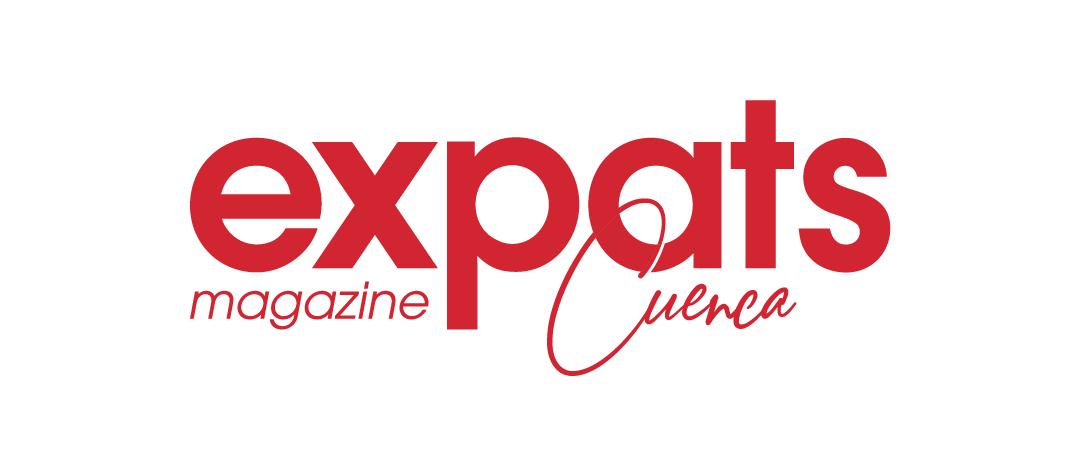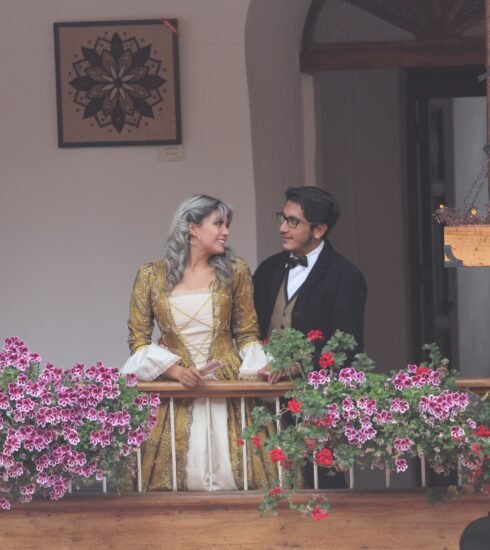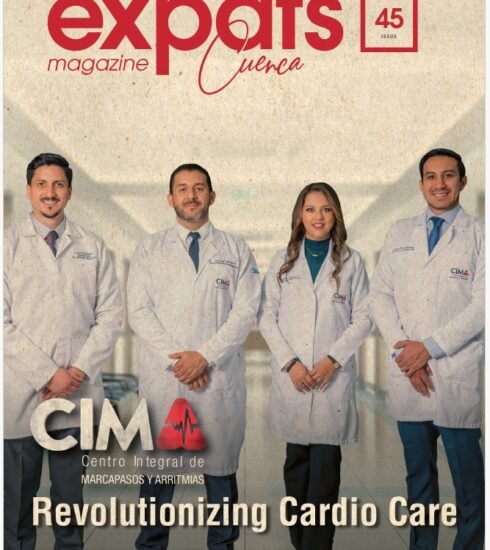COVER STORY – First Class. Heart Care in Cuenca
-
Sarah Canez

- April 16, 2024
Cuenca Expats Magazine Issue 40
Photos courtesy of UDICAM
World Class
Heart Care In Cuenca
Heart disease is the leading cause of death in North America and 22% of adults over the age of 65 have coronary heart disease (CHD), stroke, or both. Almost 30% of adults over the age of 65 have diabetes and are twice as likely to die from heart failure (HF). All that according to the American Heart Association.
As there are approximately 20,000 mainly North American English-speaking expats in Ecuador, of whom half (10,000) live in Cuenca, this condition and any needed surgery to correct the problem may be a major concern for many expats.
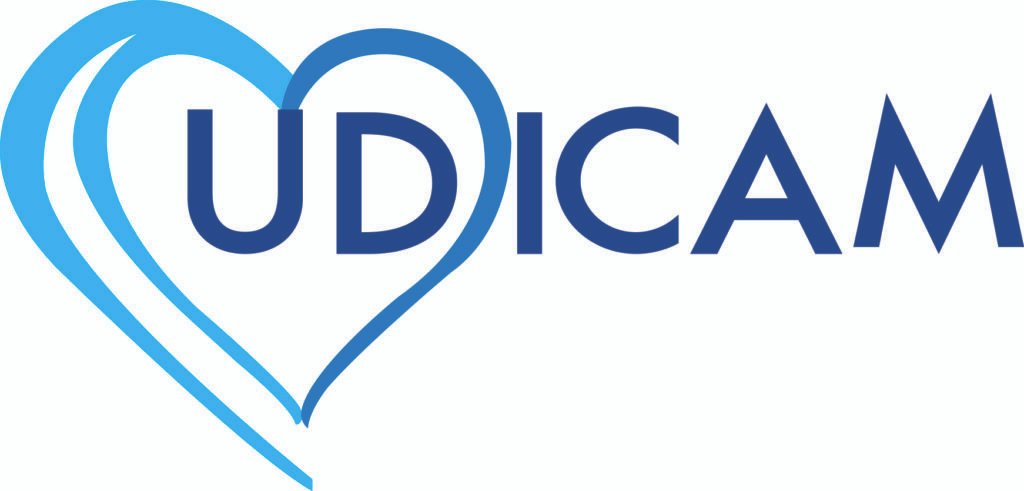
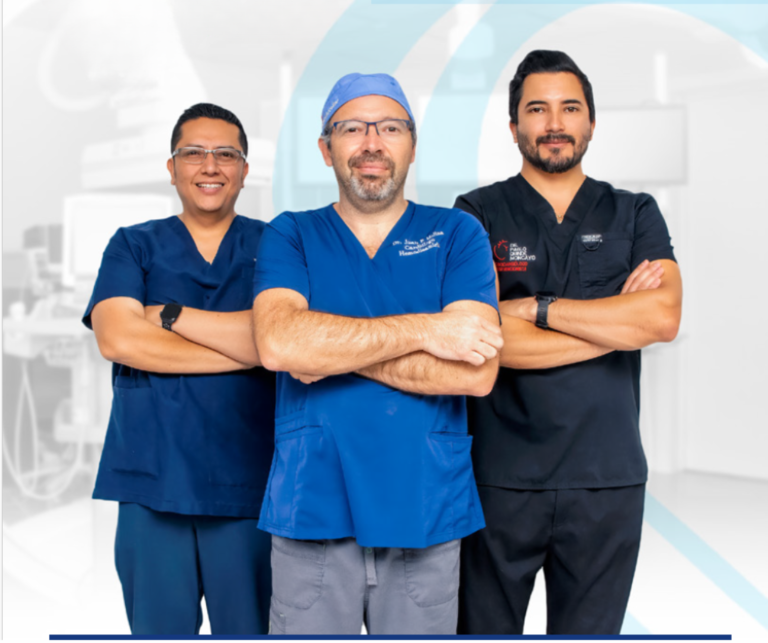

Consequently, the odds are that in the Cuenca expat community 1,100 people may have heart problems, 1,500 people may have diabetes, and many expats may also suffer from both conditions simultaneously. According to these numbers and statistics, it follows that about 100 expats in Cuenca may need surgery to place at least one heart stent sometime during this year or may need to be treated of aortic stenosis.
Expats should have peace of mind for all medical needs in Cuenca due to the presence of world class physicians, equipment and procedures available in Cuenca.
Personally, I have had a number of procedures in Cuenca and have also had three major surgeries, all successful, performed by excellent local physicians.
An example of a world class procedure is the state-of-the-art TAVI, available from the Unidad de Diagnostico Invasivo (also known as UDICAM), brought to Cuenca by Dr. Juan Pablo Molina. This nonsurgical option designed to treat, aortic stenosis also be known by the acronym “TAVR” and is currently being performed in Cuenca Monte Sinai. In Loja the procedure is performed at clinic San Agustin.
A TAVR (Transcatheter Aortic Valve Replacement) is a biological tissue valve designed to work like your own heart valve. In this minimally invasive procedure a new valve is inserted without removing the old, damaged valve. These valves are available in multiple sizes to better suit the patient’s needs. Various clinical studies have shown that a TAVR procedure will result in a lower incidence of both death and stroke compared with traditional open-heart surgery.
A TAVR type procedure has also been shown to shorten recovery time, which allows patients to return to everyday activities sooner and with less pain.
In most cases, patients begin walking within one day of their TAVR procedure. Average length of hospital stay is around 3 days, depending on the patient. Patients are asked to follow up with Dr. Molina at 7 days, at 1 month, at 3 months, and also at 1 year after the TAVR procedure.
Dr. Molina states that most patients may be required to take some type of mild blood thinners like aspirin after a TAVR procedure.
Patients have reported significant quality of life improvements within no more than 30 days, including the ability to easily take care of themselves.

My mother-in-law had three heart valves replaced over 20 years ago, having had the open-heart surgical method. She was very uncomfortable, with numerous external “staples” and internal stitches.
It was months before she felt normal due to the difficulty of the surgery, and I wish that this procedure had been available for her at that time. I am also thankful that if I or someone I care about in Cuenca need this surgery that Dr. Molina, his team and his equipment are available to perform a procedure that is much less invasive.
One Expats Successful Experience
“I was referred to Dr. Molina by Dra Karol Guzman, my cardiologist, who had diagnosed me with Severe Aortic Stenosis. After a series of diagnostic procedures, it was Dr. Molina’s recommendation that I would be a good candidate for the TAVI procedure.
My wife and I received a call from Fernanda for Dr. Juan Pablo Molina, and she provided me with a quotation for the whole procedure, which included transarterial insertion of a biological valve and a pacemaker, the latter of which was supervised by Dr. Diego Serrano.
It was determined that these procedures would provide me—a 79½-year-old retired professional—the best and safest treatment and the best prognosis.
I not only survived the procedures, but I am pleased to report that I feel significantly more energetic and able to pursue activities and studies that were becoming more and more difficult prior to the TAVI procedure.
I am indeed lucky and honored to have come across such a competent, organized team, consisting of Dra Karol Guzman, Dr. Juan Pablo Molina, and Dr. Diego Serrano.” Sincerely, Richard Berke, Ph.D.,
retired, Cuenca expat.”
Cardio Center’s Team of Specialists
Each doctor has his unique specialty, and each doctor has received his own training with post graduate studies. Once there is a case (patient), each doctor assumes their role in the procedure.
- Dr Molina is the head of the team.
- Dr. Juan Pablo Molina - Cardiólogo Intervencionista
- Dr. Esteban Figueroa - Radiólogo Intervencionista
- Dr. Pablo Quinde M - Cardiólogo Hemodinamista
- Dr. Diego Serrano P - Cardiólogo Electrofisiólogo
- Dr. Oliver Brasales - Cardiólogo Ecocardiografista
- Dra. Karol Guzman - Cardiólogo Ecocardiografista
- Dr. Miguel Molina P - Cardiólogo Clínico
- Dr. Lucas Ayala - Cirujano Intervencionista
- Dra Veronica Vazques - Cardiólogo Intervencionista Pediátrico
- Dr. Agustin Vintimilla - Cirujano Hepato Biliar
- Dr. German Abdo – Cirujano Neuro -Intervencionista (Quito)
- Dr. Franz Duran C - Neuro -Intervencionista (Quito)
- Dr. Carlos Calle C – Anestesiólogo
- Dra. Sofia Molina – Anestesiólogo
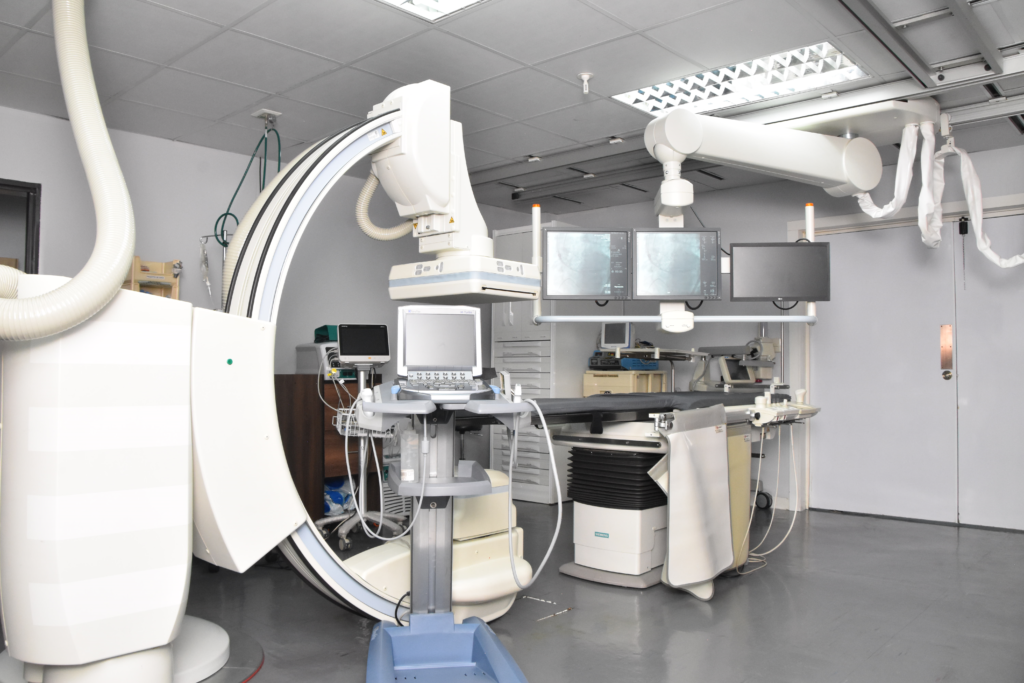
Phones:
- 098 664 8605
- 098 003 5100
- 07 288 6661
Email:
corazon@udicam.com
LOCATION 1

LOCATION 2

If you want to enjoy the full edition, please click below!
Sign up
Sign up now to get your FREE outline copy of Cuenca Expats Magazine.
Convenient, read wherever you go. And, be the first to know about FREE reader benefits.
Just click the VIP icon and add your email. That’s all you need to do.





